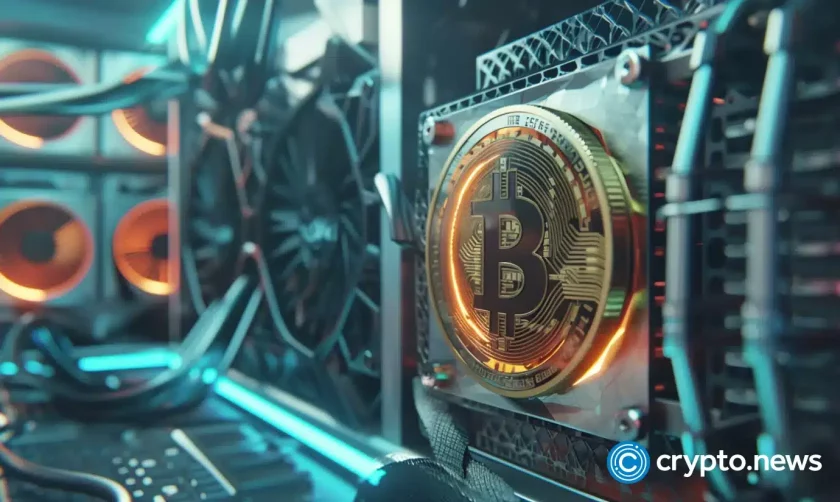FAANG Appeal Fades As CRACKS Appear
February 7, 2019 by Paul de Havilland
FAANG stocks have dominated the NASDAQ landscape for the best part of a decade. That landscape is bound to change, with CRACKS positioned to become the new force in tech stock growth.
Also read: NIRP, NIRP: The Negative Interest Rate Meme Just Won’t Go Away
Subscribe to the Bitsonline YouTube channel for great videos featuring industry insiders & experts
FAANG Gang Losing Its Allure
Apple (APPL:US) stocks have nose-dived by around 25 percent in six months, as investors see slower growth in iPhone sales and an increasingly limited lineup of products. Amazon (AMZN:US) share prices have plateaued, and it remains valued at a PE ratio of around 85–not unheard of in the tech sector, but it has only recently begun becoming profitable, albeit by the skin of its teeth. It only earns around $20 USD per share, currently worth roughly $1,600 each.
Alphabet (GOOGL:US), represented by the “G” in FAANG for its former name of Google, is struggling as new online advertising channels in Facebook and Twitter encroach on its near-monopoly of its primary source of revenue. Its failed attempt to enter the social media arena with Google+ is set to be discontinued. Youtube faces competition from Netflix, Apple’s iTunes, Hulu, and the soon-to-be-released Disney SVOD platform.
Netflix (NFLX:US) continues to grow, but they too face increasing competition in the SVOD space, and, like Amazon, rely on growth and not profitability. Investors will eventually want to see profits.
And Then There’s Facebook, The Misbehaving FAANG
One too many scandals have plagued the company (FB:US) over the past year-and-a-half, and it is clearly suffering damage to its reputation. On September 28th last year, the company admitted hackers had stolen the personal data of up to 50 million of its users. That revelation came as the company was still reeling from the devastating Cambridge Analytica data harvesting controversy.
As recent investor reactions to earnings reports suggest, FAANGs may now be falling from grace. The rise of blockchain technology has given Microsoft and IBM a new lease on life as they chose to embrace it, while scandals and complacency may have sapped the FAANG clan of much of their venom.
Alright Stop! CRACKS Time
With enthusiasm for crypto having suffered due to its ongoing longest ever bear run, blockchain technology continues to be hailed as the next revolution in tech. And insofar as blockchain data architecture was created for the purpose of enabling the peer-to-peer, intermediary-free exchange of currency, crypto and blockchain will always be inextricably linked.
The CRACKS acronym has been coined only today by Bitsonline’s Paul de Havilland to represent the new breed of tech companies set to dominate the landscape over the next decade. Jack Dorsey’s Square (SQ:US) is already listed on the NYSE. 3Q revenues are up 68 percent and its Cash App continues to outpace PayPal’s Venmo downloads.
The remaining companies that make up CRACKS are Coinbase, Ripple Labs, Ant Financial, Circle, and Kraken. Ant’s owner, Alibaba (BABA:US), is also listed in New York and is currently valued at over $400 billion. While not traditionally a blockchain company and not necessarily a crypto fan, founder Jack Ma’s enthusiasm for the technology is no secret.
Ant Financial–formerly known as Alipay–is a blockchain-fueled remittance service that has quickly become the largest mobile and payments platform in the world, with in excess of 450 million users. In a sign of a changing of the guards of banking as we know it, it is now worth more than Goldman Sachs.
Coinbase’s expansion in 2018 saw it leap from consumer-facing onramp to crypto to a much larger beast, boasting beginner, advanced, and institutional crypto trading platforms, a custody service, and a determination for regulatory compliance.
Ripple Labs has over two hundred legacy banking institutions using its xCurrent payments service and its own crypto, XRP. Ripple XRP fuels xRapid, and that is beginning to make its way as a liquidity-providing cross-border transfer solution. Yesterday, Binance said it wanted to partner with Ripple and deploy xRapid.
Circle, a Boston peer-to-peer payments startup that is backed by Goldman Sachs and which has acquired popular exchange Poloniex, issued its stablecoin, USDC, in September last year. With its toes dipped into an exchange, a stablecoin, a peer-to-peer payments app, and with heavy backing from institutional investors, Circle is probably eyeing off a public listing by the end of 2020.
Kraken Crackin’ Through an Open Door
That leaves Kraken. While the exchange has not become the behemoth its Coinbase and Poloniex brethren have, its recent rebranding attempts and its movement into crypto futures are likely to see the veteran exchange re-emerge as a more significant player than it had become.
The company is also no stranger to controversy, happily courting a rivalry with Coinbase by mocking the latter’s plans to add five new cryptos to its platform with a tweet that it intended to add 1,600 in July last year.
At least it’s keeping itself in the news, although its attitude toward regulators has been less than accommodating. It has continued to balk at requests for customer information and trading data.
With less sting in its bite, we may be on the dawn of another changing of the guards, as the FAANG cohort struggles to keep up with the pace and promise of crypto and blockchain startups, just as Microsoft and IBM lost darling status when search algorithms became the new “it thing”. One way or the other, CRACKS are starting to open up in the technology investment landscape.
Sound off below. Do you see CRACKS emerging to potentially blunt the FAANG crowd?
Images via Pixabay








